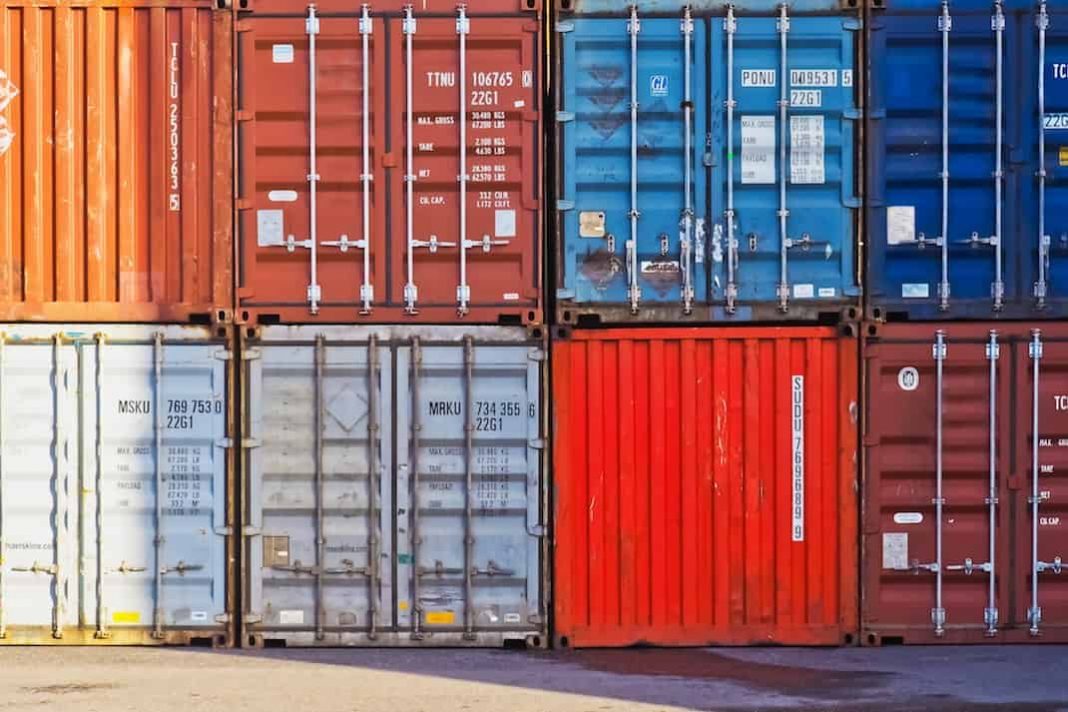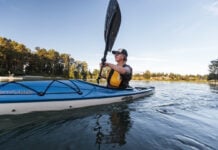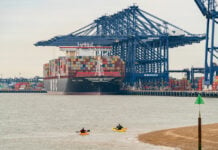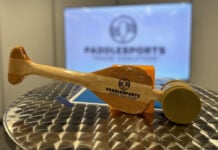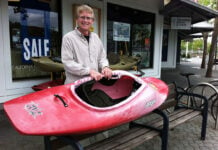Paddlesports is again in the tariff crossfire as the United States opens a new offensive in the global trade war. In May the Trump administration increased tariffs from 10 percent to 25 percent on $200 billion worth of Chinese imports, including kayaks, canoes and inflatable boats. And on August 1, as Paddling Business went to press, President Trump announced a new 10 percent tariff on an additional $300 billion in Chinese imports, among them standup paddleboards, lifejackets, pedal drives and other components.
The increased tariffs come as a heavy blow to a paddlesports industry reeling from a three-punch tariff combo last year. First, the European Union imposed a 25 percent import tax on U.S. kayak and canoe exports in June 2018, and Canada followed suit with a 10 percent tariff in July.
Trade hostilities on the Chinese front have escalated steadily since September 2018, when the Trump administration imposed a 10 percent tariff on selected Chinese imports, since increased to 25 percent. The latest round of tariffs comes as U.S.-China trade negotiations faltered for the second time in three months, and makes almost all Chinese imports to the United States subject to tariffs of 10 to 25 percent, or even more. The levy on inflatable kayaks now stands at 27.5 percent.
Confused? You’re not alone.
Among the most difficult aspects of the tariff wars is the uncertainty they bring to supply chains and vendor-retailer relationships.
When the Canadian and EU tariffs took effect in June 2018, paddlesports industry leaders could only guess how their businesses would be affected. As million-dollar players in a trillion-dollar trade war, the best they could do is hunker down and hope for a speedy truce. A year later, the impact of those tariffs is visible on everyone’s balance sheets. The European Union’s 25 percent tariff on canoes and kayaks was a body blow to American manufacturers who play in the European market, some of whom saw their European sales decline as much as 80 percent. Canada’s 10 percent tariff was lifted in May, but with the majority of summer orders having already shipped, even that silver lining came with a bit of tarnish. The hangover will stretch deep into the 2019 season.
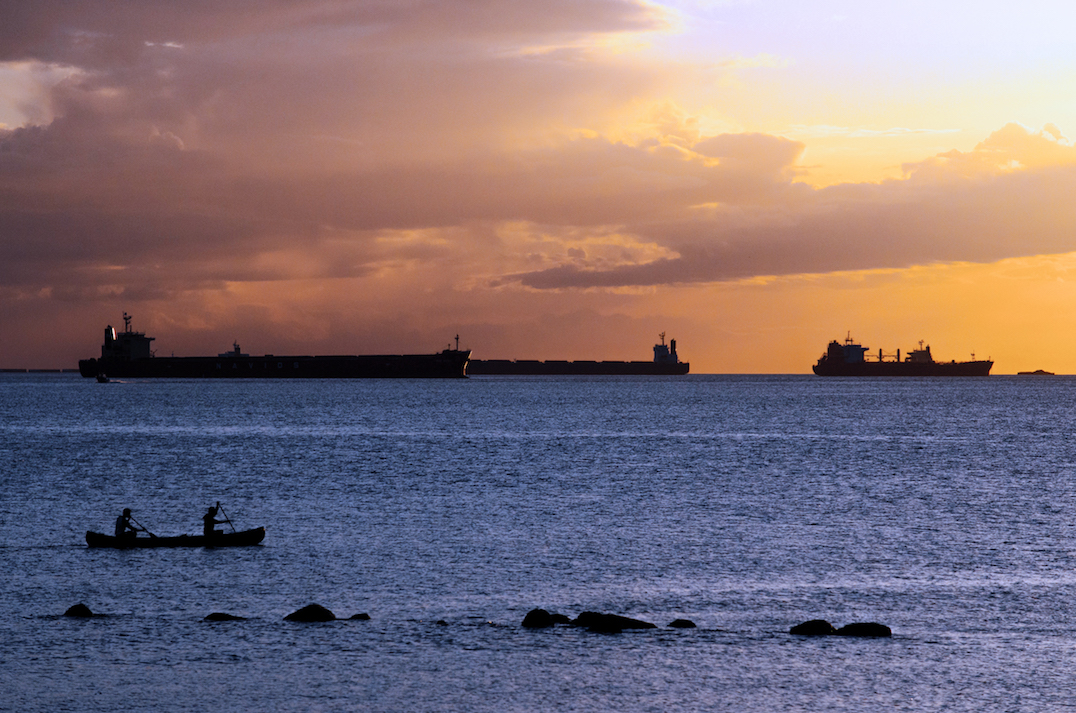
The increased tariffs on Chinese-made canoes, kayaks and inflatables will hurt some brands more than others, but industry leaders who spoke with Paddling Business agree there will be many more losers than winners. Even companies molding kayaks in the United States braced for a substantial hit, as the cost of some Chinese-made components increased 25 percent overnight. In May, less than two weeks after the Trump administration announced the increase in Chinese tariffs, Hobie scheduled a five percent mid-season price hike on all its kayaks and SUPs—even though most of the company’s boats are manufactured in Oceanside, California.
Components make up a substantial portion of production costs and like many other U.S.-based kayak companies, Hobie sources some of those parts from China. The company was already absorbing the impact of the 10 percent tariff on Chinese components which went into effect in October 2018, and when the tariff increased to 25 percent company brass concluded they had no choice but to raise prices to compensate.
“Hobie is proud to employ hundreds of people at our headquarters in Oceanside,” the company said in a statement. “While a majority of our manufacturing takes place in our Oceanside facility, some of our production and materials do come from overseas. Unfortunately, the recent tariffs, among other factors, have forced us to increase prices on select Hobie products.” The increase took effect June 15, accompanied by a new retail price list. Dealer margin was not impacted.
A similar dynamic is in play for other U.S.-based manufacturers using imported components, although they’ve been able to hold the line on pricing for now.
Doug Ragan, senior vice president for sales at Jackson Kayak, says that if the List 4 tariffs go into effect the Sparta, Tennessee-based kayak maker may have no choice but to raise prices. The company already is reeling from the Canadian and EU tariffs imposed last year. Jackson’s strategy was to cut margin to the bone and try to hold market share. The rope-a-dope tactic allowed the company to wait out the Canadian tariff, but Jackson Kayak is still absorbing body shots in Europe. Sales suffered despite the best efforts of Jackson and its European retailers to hold prices in the same ballpark as their non-U.S. competitors, who suddenly had a 25 percent pricing advantage.
“European distributors who were taking six containers a year ago are now taking one,” Ragan says. “It’s a slap in the gut, and meanwhile they’re pouring hot coals on you from China. It’s a perfect storm right now.”
How tariffs impact small business
Sea Eagle Boats is in the eye of that storm. The Long Island-based seller of inflatable kayaks, boats and standup paddleboards has become a high profile example of how tariffs impact small and mid-sized U.S. companies.The company has been featured in the Wall Street Journal and other major outlets, thanks to owners Cecil and John Hoge’s candid assessment of how the Trump tariffs have impacted their business. The first thing John Hoge wants to make clear is that China does not pay the tariffs, as President Trump has repeatedly asserted. Importers, and ultimately consumers, pick up the tab.
“It’s not debatable. We have the bills that CBP (Customs and Border Protection) gives us for the tariff, in black and white. We get seven days to pay,” says Hoge. He gives the feds an account number, and they help themselves to the money—about $180,000 since the 10 percent Chinese tariff increase went into effect in September 2018. At the new rate, he would have to pay about $450,000 to land the same imports. That’s a heavy burden for a family business with 30 employees, Hoge says.
His Chinese suppliers have been little help. One reduced prices by 5 percent. The other wouldn’t budge. (A third supplier shifted production of Sea Eagle boats from China to a factory it owns in Vietnam.) Hoge says he had no choice but to pass the cost on to consumers, raising prices an average of 7.5 percent in January to compensate for the 10 percent tariff hike. The increase came on top of a 2.5 percent tariff already in effect for inflatable boats, raising the total tax to 12.5 percent. Now he’s paying a total of 27.5 percent and expects he’ll have to raise prices again when his current inventory runs low. Other inflatable importers face the same choice.
“While every business sector is price sensitive, our product categories fall on the extreme end of the spectrum,” Aquaglide general manager Jeff Cunningham wrote in a public comment to U.S. Trade Representative Robert Lighthizer. The letter urged tariff exemptions for products the Bend, Oregon-based company imports from China, including kayaks, paddles and standup paddleboards.
“If the 25 percent tariff goes into effect, we will be forced to pass substantial price increases on to our dealers and customers . . . I anticipate a 20-30 percent decrease in revenue, which would then force us to reduce our staff,” Cunningham wrote.
Who pays the tariffs?
Entry-level hardshell brands who import from China face the daunting prospect of competing at rock-bottom retail prices with U.S. and Canadian rivals, while absorbing a 25 percent import tax on every boat they import. Selling a kayak and paddle for as little as $200 leaves precious little margin, and importers will likely have to pass at least a portion of the tariff on to consumers. North American manufacturers like Pelican and Lifetime will have a choice: raise their own prices to sweeten margins, or keep prices low to seize market share. Either way, the Alibaba brands are in for a rough ride. Prospects are better for mid-market brands that import from China.
Josh Thomas, co-founder and CEO of Vibe Kayaks, says his company will tighten belts and hold the line on pricing. “A 25-percent hike, let’s be honest—it sucks. But we’re not necessarily going from zero to 25,” Thomas says. “There was enough blood in the water to know that some kind of trade war or tariffs was coming, and being a younger brand it was a little bit easier for us to plan ahead for it.”
Vibe raised prices last year, with MSRP for the flagship Sea Ghost 130 fishing kayak increasing from $899 to $999. That gave the company a bit of extra margin, Thomas says. “We planned for 10 or 15 percent, and the way we tighten up and close that last 10 percent gap is internal operations, making sure we’re running as lean and as efficient as possible.” One thing Thomas won’t do is change suppliers. When he went into the kayak business in 2013, he couldn’t find a U.S. manufacturer willing to work at the volume and pricing needed for his business plan to pencil out. In China, he had his pick of suppliers. The company he partnered with has grown with him as his sales volume doubled every year for six years. Now plenty of U.S. molders are courting him, but Thomas remains committed to his Chinese partner, who has become a close friend. If he does move his operations, it would be to another Asian country with the same partner, he says. They’ve gone so far as to scout sites, but for now the timing and difficulty of such a move is prohibitive, Thomas says.
“Let me just move some molds over to what, a big empty field in the middle of Vietnam?” he says. “I’d have to put up a building, move machinery, learn their culture, learn their laws, learn their taxes.” That kind of investment doesn’t make sense, especially when there’s no telling what will happen next with tariffs.
While President Trump’s style of economic brinkmanship breeds uncertainty it’s also impossible to ignore. The tariffs could compel China to renegotiate a trade deal on terms more favorable to the U.S., or they could cause both sides to dig in deeper.
As Paddling Business went to press at the end of July, a U.S. trade delegation was preparing to travel to Shanghai for the first face-to-face negotiations since the proposed trade deal fell apart in May. That’s a promising development, though the parties are still miles apart. The Chinese say they won’t talk brass tacks until the U.S. lifts all tariffs, but have resisted U.S. demands that they strengthen regulations against intellectual property theft and forced technology transfers. President Trump’s response was a new round of tariffs and the threat of more escalation, saying his administration could raise tariffs in stages to “well beyond” 25 percent.
When Tennessee congressman John Rose toured the Jackson Kayak factory in April, founder Eric Jackson had one request—help with the crippling EU tariffs. Rose was sympathetic but said there was nothing he could do to help. “He said those decisions are coming from 16000 Pennsylvania Avenue,” Ragan says.
Jackson Kayak is one of the biggest employers in Rose’s district, with 160 workers most of whom are the primary breadwinners for their families. Tennessee is a deep red state, and Rose is a member of the President’s party. Still, Rose said there’s nothing he can do to influence tariff policy. The story is the same in New York. “My congressman understands, but he could lose his career with one tweet,” Hoge says of Rep. Lee Zeldin, a Republican. Hoge’s overtures to Senate Minority Leader Chuck Schumer also fell on deaf ears. The New York Democrat is frequently at odds with the President, but on China tariffs he’s urged Trump to “hang tough.”
Canadian and European tariffs
The Canadian and European tariffs came last year in response to U.S. import duties on steel and aluminum. They’re tit-for-tat measures targeting finished products containing steel and aluminum. Motorboats are high on this list, and they happen to share the same tariff code as kayaks and canoes. Paddlesports was literally collateral damage. The trade conflict with China is a tougher knot to unravel. American companies have complained for decades of China’s heavy-handed trade practices, including currency manipulation and theft of intellectual property. These policies have been a driving force in the rapid rise of Chinese manufacturing, and some American companies are happy to push back.
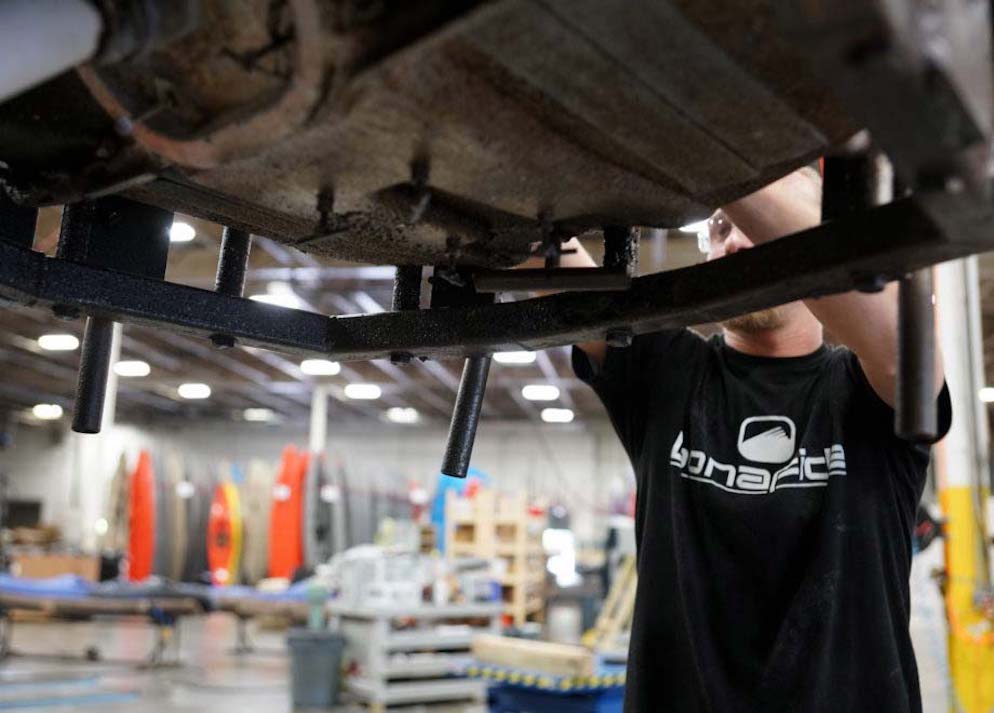
“If you look at one of the big sticking points between the U.S. and China, it’s about intellectual property theft and government subsidies that allow them to be hypercompetitive,” says Luther Cifers, CEO of YakAttack and Bonafide Kayaks. “Those are two things that are kind of hard to argue with, you know. Don’t steal. So if there’s a little equalizer that makes doing business that way more difficult, I’m happy about that,” says Cifers, who got into the kayak fishing business after the automotive components plant in which he started his career moved to Mexico. His companies make injection-molded kayak fishing accessories in Virginia and kayaks in North Carolina, and Made in America is at the core of his philosophy.
Tariff policy had nothing to do with his decision to keep his factories close to home, Cifers says. Quality control and supply chain efficiency were reasons enough. With the percentage of homegrown components in his kayaks in “the high 90s,” Bonafide is immune to the tariffs on Chinese imports—but not the larger trade war.
“We could have picked up some European distribution if it wasn’t for the tariffs,” he says. “When you take tariffs and the strong dollar into account— and the fact that Chinese knockoffs of most American kayaks are readily available in Europe anyway—the export market’s pretty tough.”



